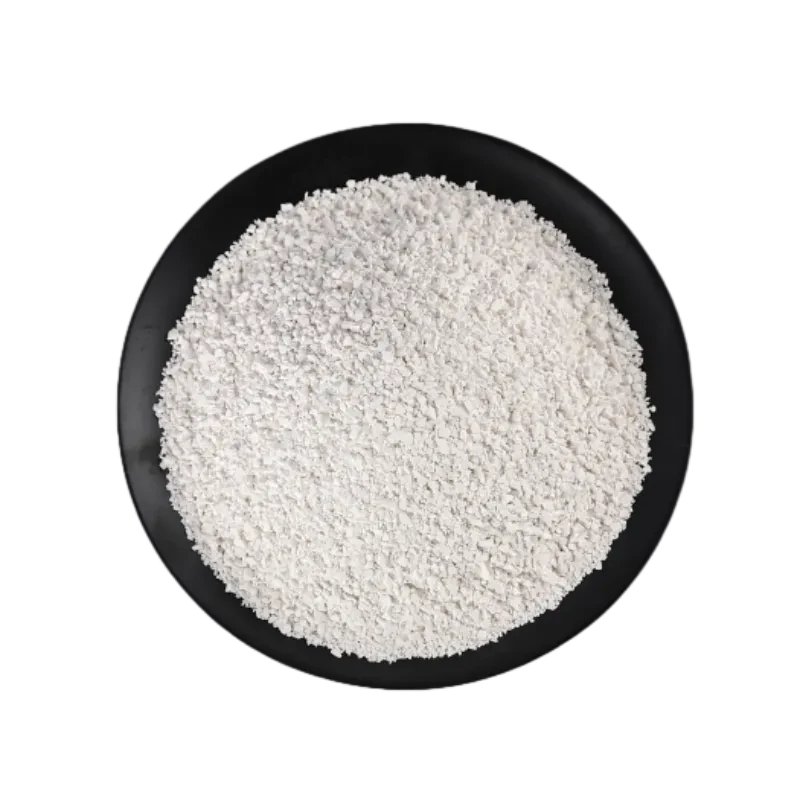
Nov . 13, 2024 05:06 Back to list
roof granule loss
Understanding Roof Granule Loss Causes, Consequences, and Solutions
Roof granule loss is a significant concern for many homeowners and property managers, especially those with asphalt shingle roofs. These granules are tiny, mineral-coated stones that are an essential part of roofing materials. They serve multiple purposes, including providing UV protection, enhancing the roof’s aesthetic appeal, and improving its overall durability. However, over time, these granules can begin to wash away or disintegrate, leading to various issues that warrant attention.
Causes of Roof Granule Loss
Several factors contribute to roof granule loss, and understanding these can help in identifying the root causes and preventing further degradation. One of the primary culprits is the natural aging process of roofing materials. Asphalt shingles typically have a lifespan of around 20 to 30 years, and as they age, the binding agents can break down, causing the granules to loosen and fall off.
Another significant factor is weather exposure. Extreme weather conditions, particularly heavy rains, hail, or intense sun, can accelerate the granule loss process. For instance, hail can physically knock granules off the shingles, while prolonged sun exposure can cause the shingles to become brittle, leading to the same outcome. Additionally, poor roof installation and substandard materials can also exacerbate granule loss, as roofs that are not properly installed may not adhere well, resulting in an accelerated erosion of the granules.
Consequences of Granule Loss
roof granule loss

The consequences of roof granule loss can be severe and multifaceted. First and foremost, the absence of granules can expose the underlying asphalt to UV rays, which can significantly reduce the roof's lifespan. The granules act as a protective barrier, and without them, the asphalt can dry out and crack, leading to leaks and water damage inside the home.
Furthermore, the aesthetic appeal of a roof diminishes when granule loss occurs. A roof with missing granules may appear patchy and worn, which can lower property values and deter potential buyers if you decide to sell your home. Additionally, in some cases, significant granule loss can lead to the necessity of premature roof replacement, resulting in substantial financial burdens.
Solutions and Prevention
Addressing roof granule loss involves both immediate actions and preventive measures. Homeowners should conduct regular roof inspections, especially after severe weather events. Look for signs of granule loss, such as bald patches on the shingles or granules collecting in gutters. Regular maintenance, including cleaning the roof and gutters, can also help extend the roof's life.
In cases of severe granule loss, it may be beneficial to consult with a roofing professional. They can assess the condition of your roof and provide recommendations, which may include repairs or, in some cases, a complete roof replacement. Investing in high-quality roofing materials and professional installation can mitigate the risk of granule loss in the long term.
In conclusion, roof granule loss is an issue that carries significant implications for the maintenance and longevity of a roof. By understanding its causes and consequences, homeowners can take proactive steps to protect their investment and ensure that their roofs continue to provide shelter and security for years to come. Regular inspections and timely repairs are vital components of maintaining a healthy roofing system.
-
Durable Tiles Made of Clay for Modern Cladding Solutions
NewsJul.22,2025
-
Stone Coated Roman Tile Metal Roofing - Durable & Elegant
NewsJul.22,2025
-
Premium Roofing Granules for Sale - High Durability & Cost-Saving
NewsJul.21,2025
-
Durable Laminated Shingles for Weather-Resistant Roofing
NewsJul.21,2025
-
Rubber Roofing Shingles - Durable & Weatherproof SBS Rubber Asphalt Shingles for Homes & Businesses
NewsJul.08,2025
-
Crest Double Roman Roof Tiles – Durable, Stylish Roofing Solution at Competitive Prices
NewsJul.08,2025







